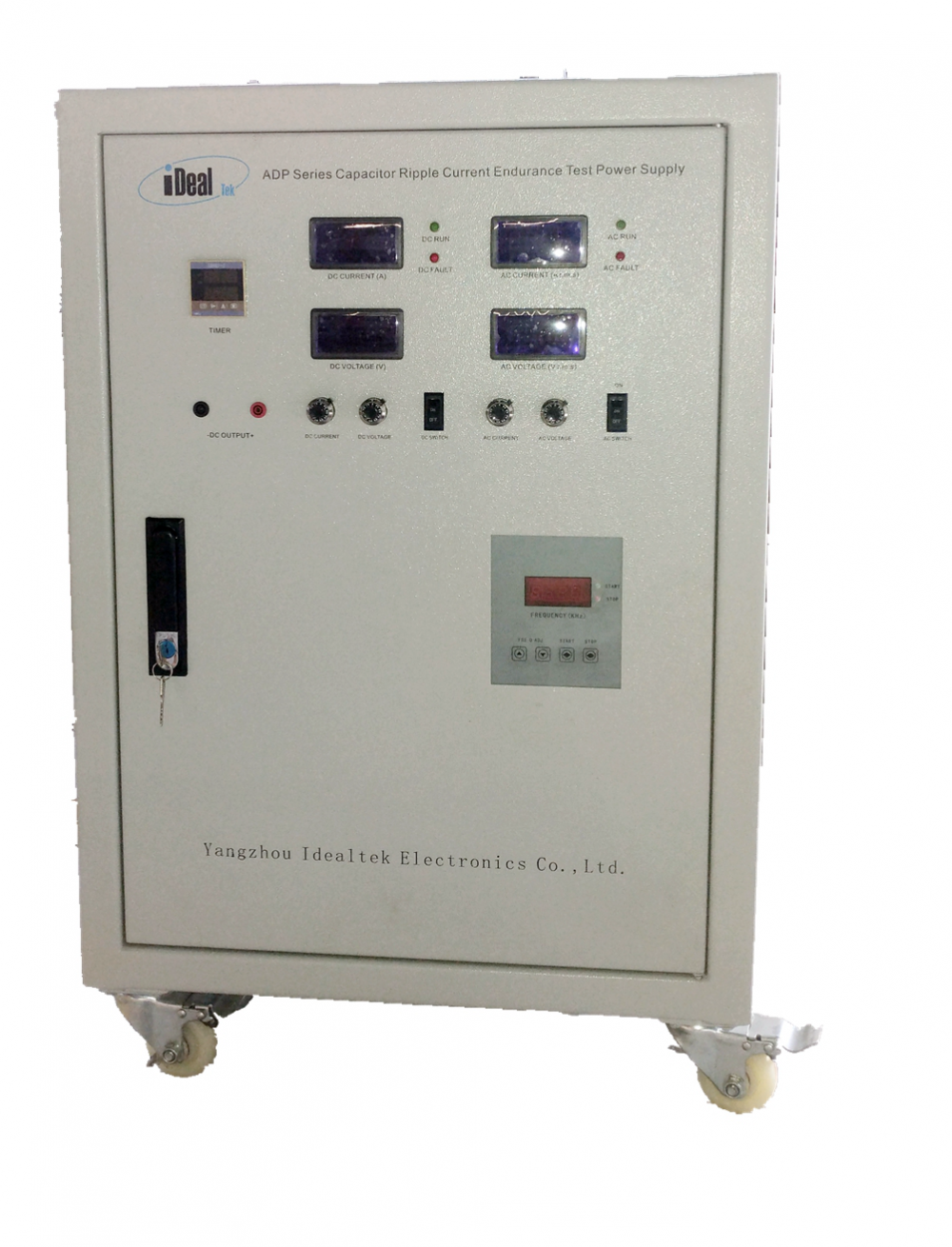The XMC1300 series, built on the XMC 1000 family of microcontrollers, leverages the powerful ARM Cortex-M0 processor core to address real-time challenges in motor control and digital power conversion. Additionally, it supports peripheral applications such as LED lighting. Among its variants, the XMC1302 stands out with a robust set of features tailored for industrial and embedded applications.
At its core, the XMC1302 boasts a high-performance 32-bit ARM Cortex-M0 CPU that supports a subset of both 16-bit Thumb and 32-bit Thumb2 instruction sets. This architecture ensures efficient execution of tasks while maintaining low power consumption. Key components include a single-cycle 32-bit hardware multiplier, which accelerates complex mathematical operations, and a nested vectored interrupt controller (NVIC) for streamlined handling of interrupts. The device also features an event request unit (ERU) to manage both external and internal service requests, ensuring responsiveness in dynamic environments.
Memory-wise, the XMC1302 includes 8KB of on-chip ROM, 16KB of high-speed SRAM, and up to 200KB of on-chip flash memory for program storage and data retention. These memory resources provide ample space for storing firmware and user data, making the device suitable for demanding applications.
In terms of communication peripherals, the XMC1302 offers two universal serial interface channels (USIC), enabling support for UART, dual SPI, quad SPI, I²C, I²S, and LIN interfaces. These versatile communication options make the microcontroller ideal for diverse systems requiring multiple protocol compatibility.
The analog front-end peripherals are equally impressive, featuring an advanced 12-bit analog-to-digital converter (ADC) with up to 12 analog input pins. With two sample-and-hold stages, each supporting eight analog input channels, the ADC can capture signals quickly and accurately. The device also includes an over-range comparator (ORC) with up to eight channels and three fast analog comparators (ACMPs). A temperature sensor (TSE) provides environmental monitoring capabilities.
For industrial control, the XMC1302 integrates several specialized peripherals. The capture/compare unit 4 (CCU4) serves as a general-purpose timer, while the capture/compare unit 8 (CCU8) is optimized for motor control and power conversion. The position interface (POSIF) supports Hall and quadrature encoder functionalities, facilitating precise motor positioning. The brightness and color control unit (BCCU) enables advanced LED color and dimming applications.
System control features include a window watchdog timer (WDT) for safety-critical applications and a real-time clock module (RTC) with alarm support. The system control unit (SCU) allows for comprehensive system configuration and control, while a pseudo-random number generator (PRNG) generates fast random data for cryptographic purposes.
The input/output lines offer flexibility with tri-state functionality in input mode, push-pull or open-drain output modes, and configurable pad lag. For debugging purposes, the XMC1302 supports four breakpoints and two observation points through ARM Serial Wire Debug (SWD) and Single Pin Debug (SPD) interfaces.
The accompanying image (Figure 1) provides a detailed view of the XMC1302’s system block diagram, showcasing its comprehensive architecture and connectivity options. This microcontroller represents a significant advancement in motor control and digital power management solutions, offering developers a versatile platform for innovative projects.
In summary, the XMC1302 combines cutting-edge technology with practical design considerations, making it an excellent choice for engineers seeking a reliable and feature-rich microcontroller. Whether you’re working on motor control, digital power conversion, or LED lighting applications, the XMC1302 delivers the performance and flexibility needed to meet modern demands.
Capacitor leakage current test power supply is aimed at the diversity of output voltage and frequency required for different capacitance tests with the DC output voltage up to 3000Vdc, the AC voltage output up to 200Vac, the AC current up to 500A, and the output frequency can be selected according to customer requirements from 50Hz to 100KHz.
Equipped with special high-frequency and high-temperature fixtures and connecting wires for capacitor leakage current testing, the capacitor leakage current test power supply can imitate the actual working conditions of capacitors to determine the service life of a group of capacitors under test, providing the accurate parameters of capacitors required by the manufacturer for the capacitors R&D and quality inspection test, the power supply is now aiding the test of high-frequency and high-current passive devices such as high-frequency capacitors, film capacitors, electrolytic capacitors, ballast capacitors, and ballast inductors.
Capacitor Leakage Test Power Supplies
The ADP series capacitor leakage test power supply is specially designed and customized for capacitor manufacturers` product quality control process or users of capacitors for capacitor ripple current durability life test.

Capacitor leakage current test power supply is aimed at the diversity of output voltage and frequency required for different capacitance tests with the DC output voltage up to 3000Vdc, the AC voltage output up to 200Vac, the AC current up to 500A, and the output frequency can be selected according to customer requirements from 50Hz to 100KHz.
Equipped with special high-frequency and high-temperature fixtures and connecting wires for capacitor leakage current testing, the capacitor leakage current test power supply can imitate the actual working conditions of capacitors to determine the service life of a group of capacitors under test, providing the accurate parameters of capacitors required by the manufacturer for the capacitors R&D and quality inspection test, the power supply is now aiding the test of high-frequency and high-current passive devices such as high-frequency capacitors, film capacitors, electrolytic capacitors, ballast capacitors, and ballast inductors.
Capacitor Leakage Current Power Supplies, Leakage Current Ripple Power Supplies, AC and DC Power Supplies, Capacitor Test Power Supplies, Ripple Current Test Power Supplies
Yangzhou IdealTek Electronics Co., Ltd. , https://www.idealtekpower.com